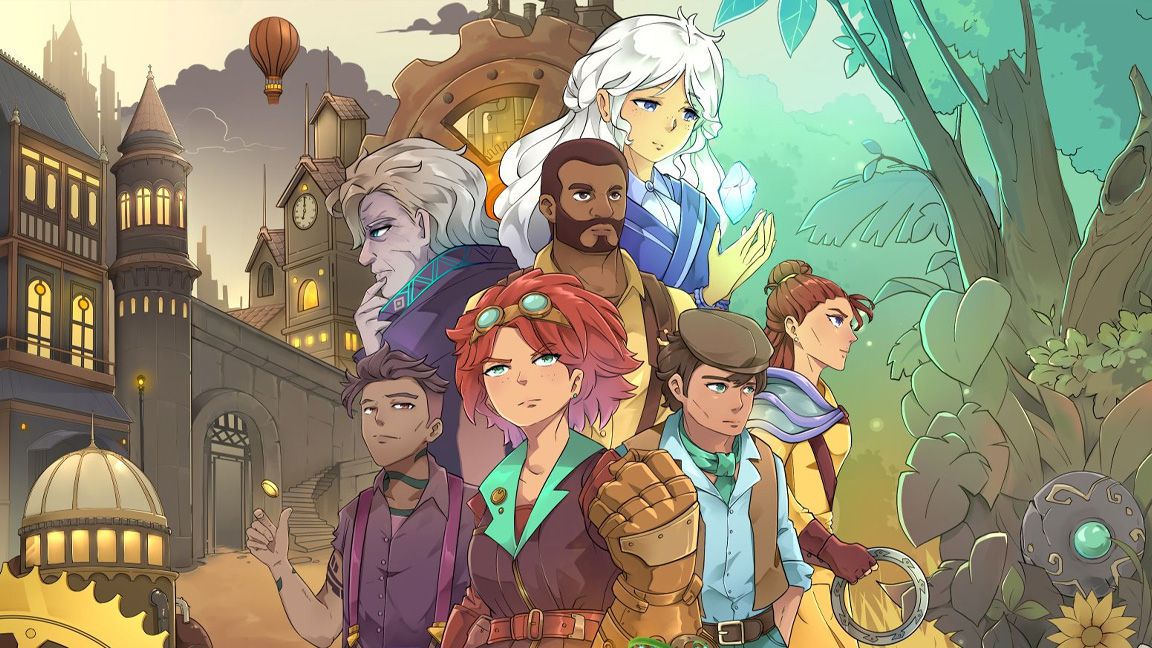
"JRPGs have been having a second wind, not just coming from established Japanese studios like Atlus, Square Enix, and Falcom, but also from indie game devs outside of Japan inspired by the genre's classic 16-bit golden age. Forge of the Fae is a little different in that its developer Datadyne is actually based in Japan, albeit still founded by and consisting of foreigners."
"The company has actually been around for almost a decade, specialising in IT consulting before finally leaping into game development after successfully crowdfunding Forge of the Fae last year. Like other retro-inspired JRPGs such as Sea of Stars and Chained Echoes, it's a game using pixel art that reminds you of the SNES era of JRPGs, though it also comes up with detailed sprites and animations that would have been impossible back then."
""Final Fantasy 6 and Chrono Trigger had a very set colour palette because of the limitations of the time - they were kind of forced into a colour theory where you had to pick 15 or 16 colours that would work together in a set," he explains. "What they ended up with was something that was very beautiful, and these days, the colour choices and art still hold up.""
JRPGs have experienced a resurgence driven by both established Japanese studios and indie developers inspired by the 16-bit golden age. Forge of the Fae is developed by Datadyne, a Japan-based company founded and staffed by foreigners that shifted from nearly a decade of IT consulting into game development after a successful crowdfunding campaign. The game employs pixel art evocative of the SNES era while using detailed sprites and animations beyond historical hardware limits. The developer cites 1990s JRPGs like Final Fantasy 6 and Chrono Trigger for their constrained yet enduring colour palettes. Forge of the Fae blends steampunk elements with inspirations from Celtic folklore and Brian Froud.
Read at Creative Bloq
Unable to calculate read time
Collection
[
|
...
]